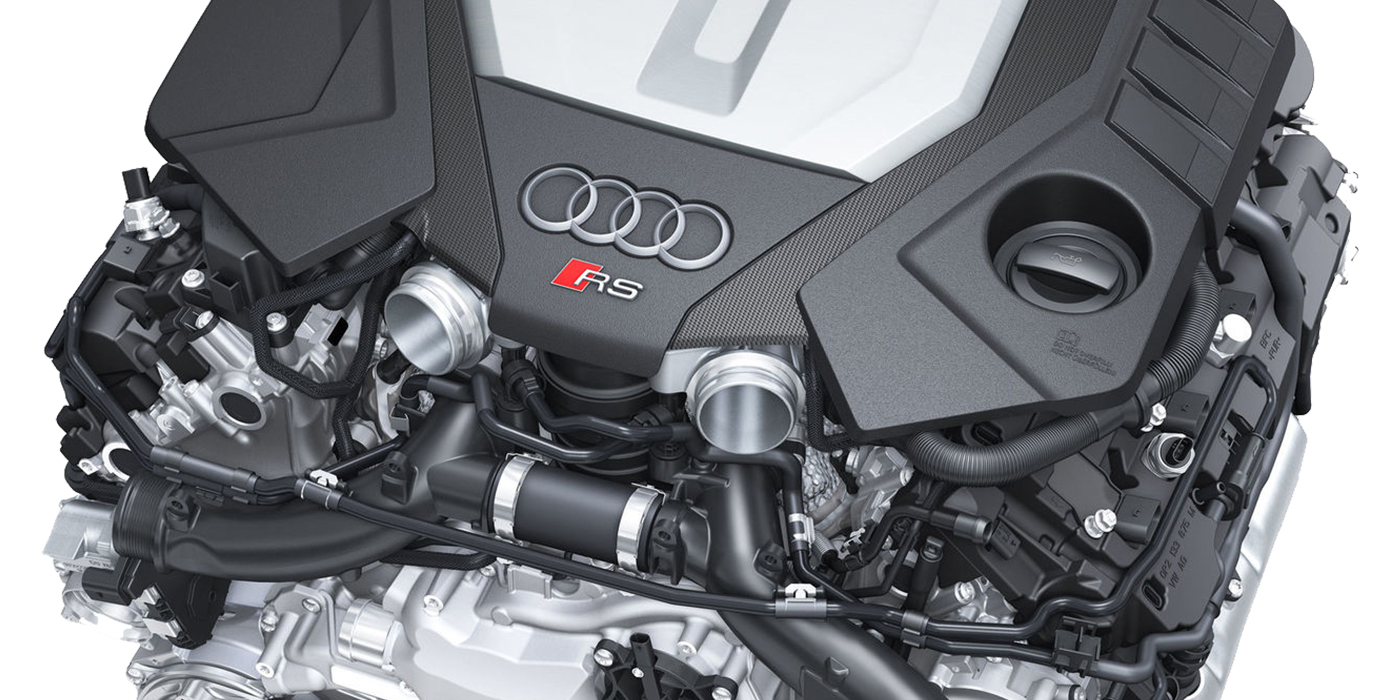Electric Power Steering Diagnostics
Load management for steering systems.
In the late 1990s, engineers and OEMs predicted a future where 42-volt electrical architecture would be a standard feature on all new vehicles. This high-voltage system was a solution for the power required for loads such as electric power steering. It got as far as an SAE standard so OEMs and suppliers could implement these systems. What happened? The simple answer is that engineers improved how 12-volt power was managed in the vehicle.
Solving VW False Fuel Pressure Reading
First, verify the customer did not run out of fuel at the time the DTCs were stored.

Tech Tips for Dorman’s OE FIX Steering Tie Rod End Assembly
Read the tech note for tips on installation of this unique fix.

Acura Frozen Starter Causes No Start
Why won’t the engine crank after the vehicle has been exposed to precipitation and then freezing temperatures?

Strut Sales
It all comes down to educating the customer about the benefits and asking for the sale.

Other Posts
Beating the Tech Shortage Through Mentoring
How understanding the 80/20 Rule and creative mentoring can make the shortage less threatening.

Nissan Key Will Not Start
Nissan keys use radio frequencies (RF) similar to other everyday wireless devices.

Taking the Fear out of ASE Testing
Spring registration now open; Register by June 30.

Audi EVAP Case Study
Let’s look at some of the things that you should know about Audi EVAP systems before trying to tackle such a repair.






